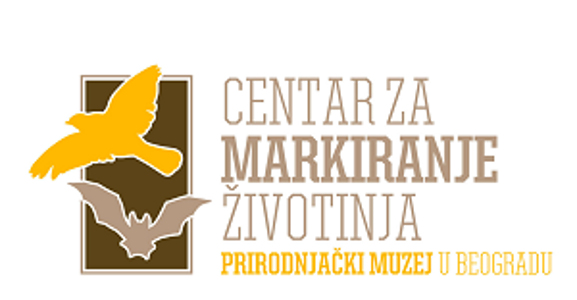
Serbia
Systematic and organized bird ringing within the present borders of Serbia has been continuously organized since the very beginning of the use of this technique worldwide. The ornithological community adopted this new twentieth-century technique immediately and with enthusiasm. Networks of trained and dedicated amateurs were quickly formed, which gave rise to our ringing scheme. The earliest bird marking was performed in 1908, in what was then the largest and most famous mixed heron colony, at Obedska bara near the river Sava in Srem, which was then a part of the Austro-Hungarian empire. Ever since the end of the First World War, bird ringing in Serbian territory, as a part of Yugoslavia, was organized by the Zagreb Ringing Centre. The Natural History Museum in Belgrade established its own unit, the Centre for Animal Marking, on June 1st 1993. The Centre became a member of EURING in 1997. In addition to bird ringing, the Natural History Museum has conducted ringing of bats since 1954, and within the activities of the Centre for Animal Marking since 1994.
The aim of the Serbian Ringing Scheme was related to bird migration. This is why the Natural History Museum in Belgrade advertised, in the first years after the Second World War, a finder’s fee of 100 dinars for every recovery report. The use of wing tags was introduced by Ištvan Ham in 1985, by marking White-tailed Eagles on the territories of Serbia and Croatia. With several breaks during the 1990s ringing of the White-tailed Eagles has continued to the present time. Since 2003, the marking of Spoonbills with white plastic rings has been performed by Antun Žuljević as a part of an international project. In the same year Serbia joined an international colour ringing program for Black Storks. The marking of other birds with colour rings also developed over time, so that today 28 species of birds are being marked with colour rings as part of particular studies.
The Serbian Ringing Scheme is rather small and approximately 15,000 birds are ringed each year by some 55 ringers. In total, our ringers have submitted about 20.000 recoveries of ringed birds. We thank all the ringers who have collected the data that have contributed to the Eurasian African Migration Atlas project.
Contact the scheme: animig@nhmbeo.rs